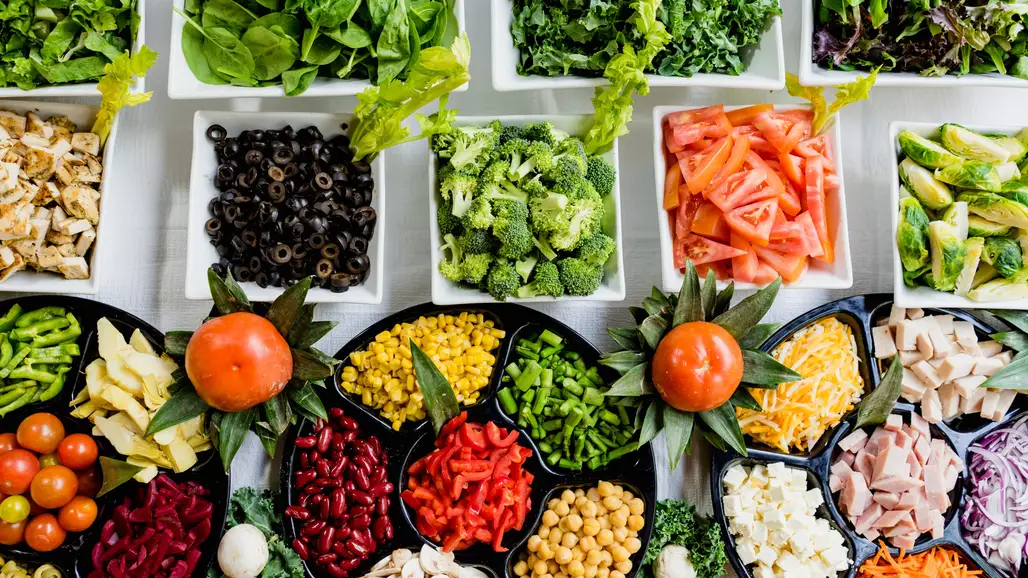Calcium-rich foods are necessary to maintain calcium levels and, that way, the body is healthier.
Thesoccer It is the most abundant mineral in the human body and, Thus, one of the most important for you to stay healthy. Yes indeed, the organism does not generate it by itself, with what is necessary to obtain it from external sources, namely, through thefeeding. Therefore, it is essential to know which are the foods rich in calcium that can provide that daily dose that provides numerous health benefits.
What do foods rich in calcium provide??
In thetable of foods rich in calcium and vitamin D included in this article you can check which are the ones that provide a greater amount of this mineral to the body. But all of them should be part of a healthy and balanced diet.. After all, calcium is necessary, but an excess is not recommended either.
Regarding the benefits of foods rich in calcium, the most prominent are the following:
- The most important (and known) it strengthens bones and teeth. Hence, in numerous food products the presence of calcium stands out, especially in those aimed at children who are in full development. likewise, its intake is key to prevent osteoporosis.
- Bearing this in mind, calcium helps nerves and muscles perform their functions correctly.
- To this we must add that it regulates the heart rate and facilitates blood circulation.
How much calcium to take?
Once its benefits are mentioned, this question arises. How much calcium should we eat each day to maintain adequate levels?? The answer varies depending on the age of each person. how can you venture, infants and children under the age of six need much less than an adult. The recommended figure can be seen in the following table (so we should not base our choice based on which one has more or fewer calories: United States National Institutes of Health):
- Babies up to 6 months: until 200 mg of quantity of calcium needed
- babies of 7 a 12 months: until 260 mg of quantity of calcium needed
- Children of 1 a 3 The superfood that helps lower blood pressure and control glucose: until 700 mg of quantity of calcium needed
- Children of 4 a 8 The superfood that helps lower blood pressure and control glucose: until 1.000 mg of quantity of calcium needed
- Children of 9 a 13 The superfood that helps lower blood pressure and control glucose: until 1.300 mg of quantity of calcium needed
- Adolescents of 14 a 18 The superfood that helps lower blood pressure and control glucose: until 1.300 mg of quantity of calcium needed
- adults of 19 a 50 The superfood that helps lower blood pressure and control glucose: until 1.000 mg of quantity of calcium needed
- adult men of 51 a 70 The superfood that helps lower blood pressure and control glucose: until 1.000 mg of quantity of calcium needed
- adult women of 51 a 70 The superfood that helps lower blood pressure and control glucose: until 1.200 mg of quantity of calcium needed
- Adults older than 71 The superfood that helps lower blood pressure and control glucose: until 1.200 mg of quantity of calcium needed
- Pregnant and lactating adults: until 1.000 mg of quantity of calcium needed
What if you take too much calcium?
As noted above, an excessive intake of foods rich in calcium is also not beneficial for the body. In addition to the fact that the diet would no longer be healthy, when levels skyrocket symptoms such as nausea can occur, constipation or great tiredness. Speech disturbance that may be an early sign of Alzheimer's, could lead to heart disease or prostate cancer.
Nevertheless, Soaring calcium levels in the blood and urine are usually due to “a health condition, such as elevated levels of parathyroid hormone or cancer, and not to the excessive consumption of calcium”, According to the National Institutes of Health.
At this point it should be noted that obtaining calcium must be accompanied by vitamin D, since this is key so that the mineral is fixed in the bones that need it so much. Therefore, foods rich in calcium that are also rich in vitamin D will perfectly fulfill this function.
Table of foods rich in calcium and vitamin D
Calcium can be obtained through quite a few foods, to be combined in accordance with a balanced diet. As noted above, below you can see the main ones in the following table of foods rich in calcium and vitamin D.
dairy
- Queso (the ones that have more calcium are parmesan, cured manchego and gruyere)
- Leche (the skimmed one has a little more calcium)
- Yogurt (skimming also provides higher levels, just like the greek)
fish and shellfish
- Mackerel
- Salmon
- Tuna
- Sardines (it is the fish that provides the most calcium and vitamin D)
- oysters
- Prawns and prawns
- Clams and cockles
Vegetables
- Col
- Broccoli
- Cabbage
- scream
- Spinach
Legumes
- Military
- Garbanzo beans
- Jewish (pints have higher calcium levels than other varieties)
Nuts
- almonds
- brazil nuts
- sunflower seeds
- Dried figs
- pistachios (as they are very caloric, you should not exceed your intake)
Seeds
As you can see, the options to give our body the calcium it needs every day are very numerous and perfectly combinable. It's not all about the milk, but those who enjoy drinking it will be interested to know that the OCU has determined which is the best milk on the market.

